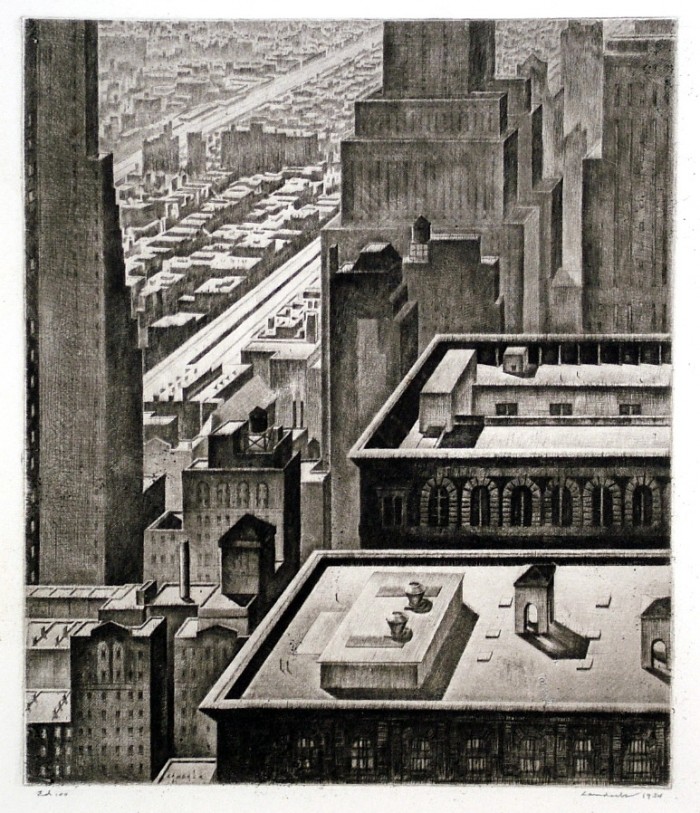Lutteurs (Fighters)
Tuesday, August 20th, 2013Jacques Lipschitz (1891-1973), Lutteurs (Fighters), etching, aquatint, burin, c. 1940, signed in pencil lower right and numbered 8/33 lower left, from the presumed edition of 33. In very good condition, with margins (slight soiling in margins) printed on a cream wove paper. 13 3/4 x 9 15/16, the sheet 18 1/2 x 13 inches.
A fine, strongly printed impression, in black ink on medium weight ivory/cream laid paper.
An impression of this print in the collection of the University of Virginia Museum of Art, from the T. Catesby Jones Collection, is titled: The Road to Exile.
Lipschitz has worked this plate in sculptural terms: the etched lines are bitten deeply, the engraved lines are cut vigorously, and the aquatint is drawn in effective contrasts against a deep black background, so that the printmaking itself heightens the drama of the composition.
Lipschitz, born in Druskeniki, Polish Lithuania, began his art studies at Vilna but went to Paris in 1909 to study at the famed Academy Julian, and then at the Ecole des Beaux-Arts. He focused on sculpture; was influenced by Archipenko, African sculpture, and of course Cubism; became a close friend of Juan Gris and an admirer of Rodin. While in Paris he explored printmaking at Stanley William Hayter’s Atelier 17. (Hayter, a British painter-printmaker, had established a workshop in Paris in 1927 where he taught classes in etching and engraving to artists interesting in printmaking, and provided facilities for established artists such as Picasso, Ernst, Calder, Chagall, Giacometti, as well as Lipschitz. In 1940 he moved the workshop to New York.) In 1941, after Hitler’s army occupied France Lipschitz escaped to the United States, where after a short time he resumed his connection with Hayter, completing his very few intaglio prints (probably only about 7 in all) which were rich and inventive studies and variations in Cubist volume, mostly related to the theme of the Minotaur, a subject he also explored in his sculpture.






